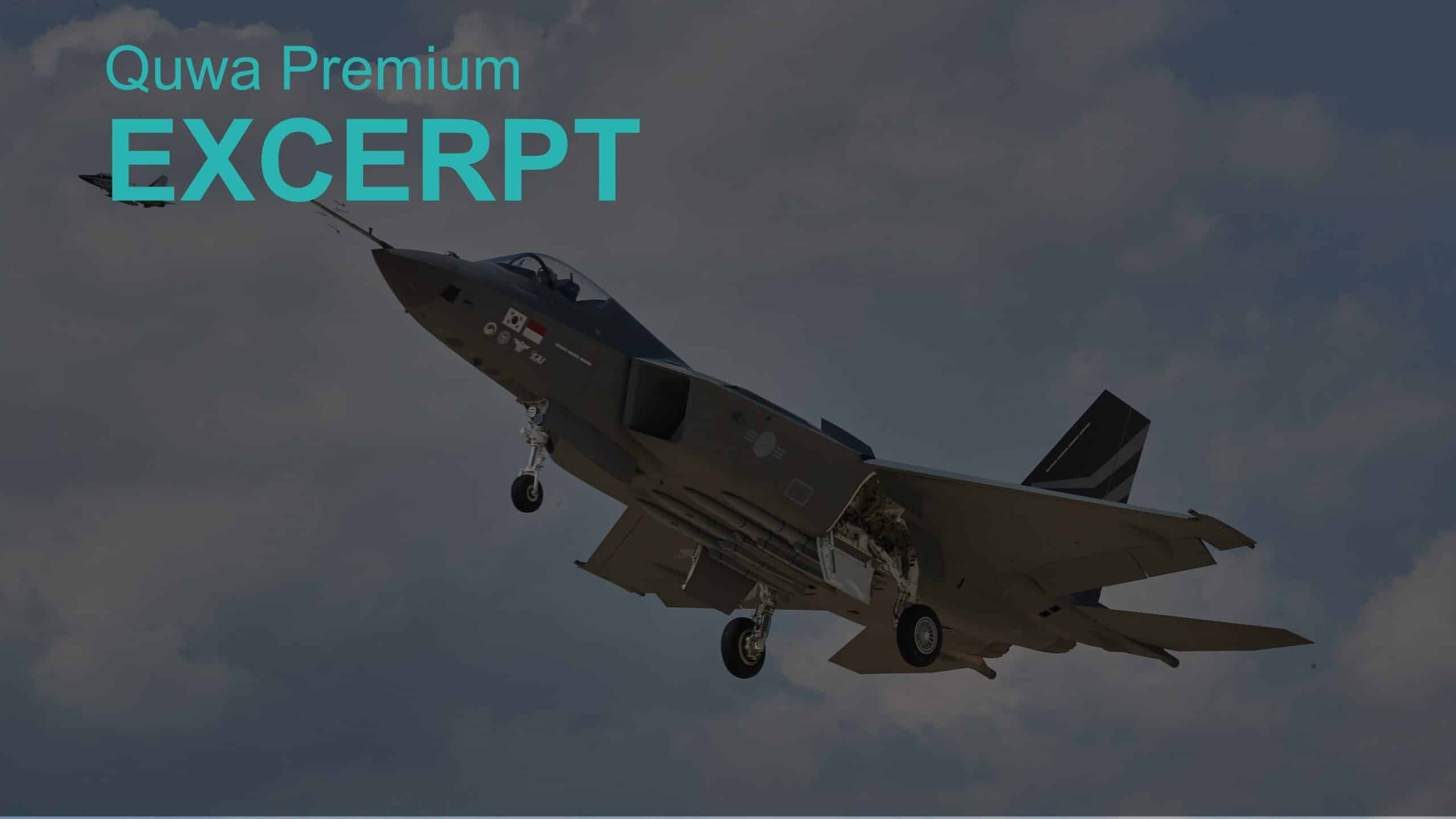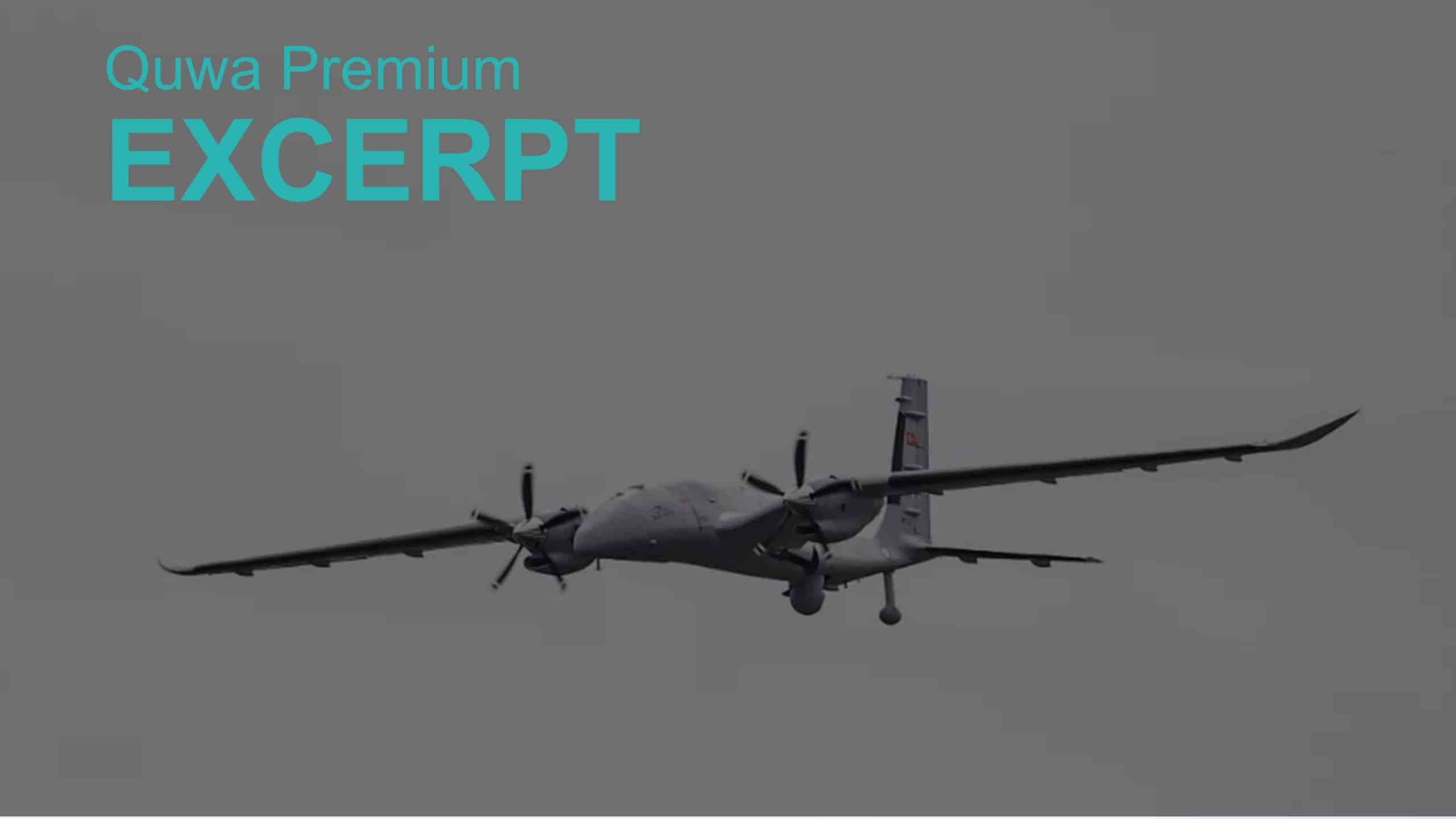By Arslan Khan
On 15 September 2021, the Government of Argentina allocated funding for the procurement of 12 JF-17 Thunder multi-role aircraft from China. According to Jane’s , the total procurement cost of the program was set at $664 million…
Turkey wants to make a statement in the aerospace world, especially in 2023, i.e., in time of the country’s centennial or 100th anniversary since its formation.
This statement will be a three-pronged display starting with the maiden flights of the Hürjet trainer and…
A look at top Pakistani defence news topics in the month of August 2022: Pakistan inducts its second Type 054A/P frigate; Turkey tests SIPER long-range SAM.
While it depends on the remaining life of the specific airframe, a used F-16 could offer a relatively capable and upgradable platform.
Turkey could leverage its bilateral ties with Pakistan and other countries as a means to grow its key defence contractors and drive its exports.
Pakistan will start getting its first of seven ex-Belgian C-130Hs soon. The Pakistan Navy ordered a new batch of OPVs. And South Korea flew its homegrown fighter.
By adding a long-range, high-altitude UAV, the Pakistan Air Force and Pakistan Navy could open up many new capabilities.
Despite this colossal overhead, Pakistan’s so-called defence industry meets little of Pakistan’s defence needs.
For Argentina, the challenge of buying the JF-17 is not just a narrow technology issue, but a broader geo-political matter.
Pakistan’s J-10CE and Type 054A/P frigate programs continue progressing. Pakistan is also aiming to shore up its existing US equipment.










